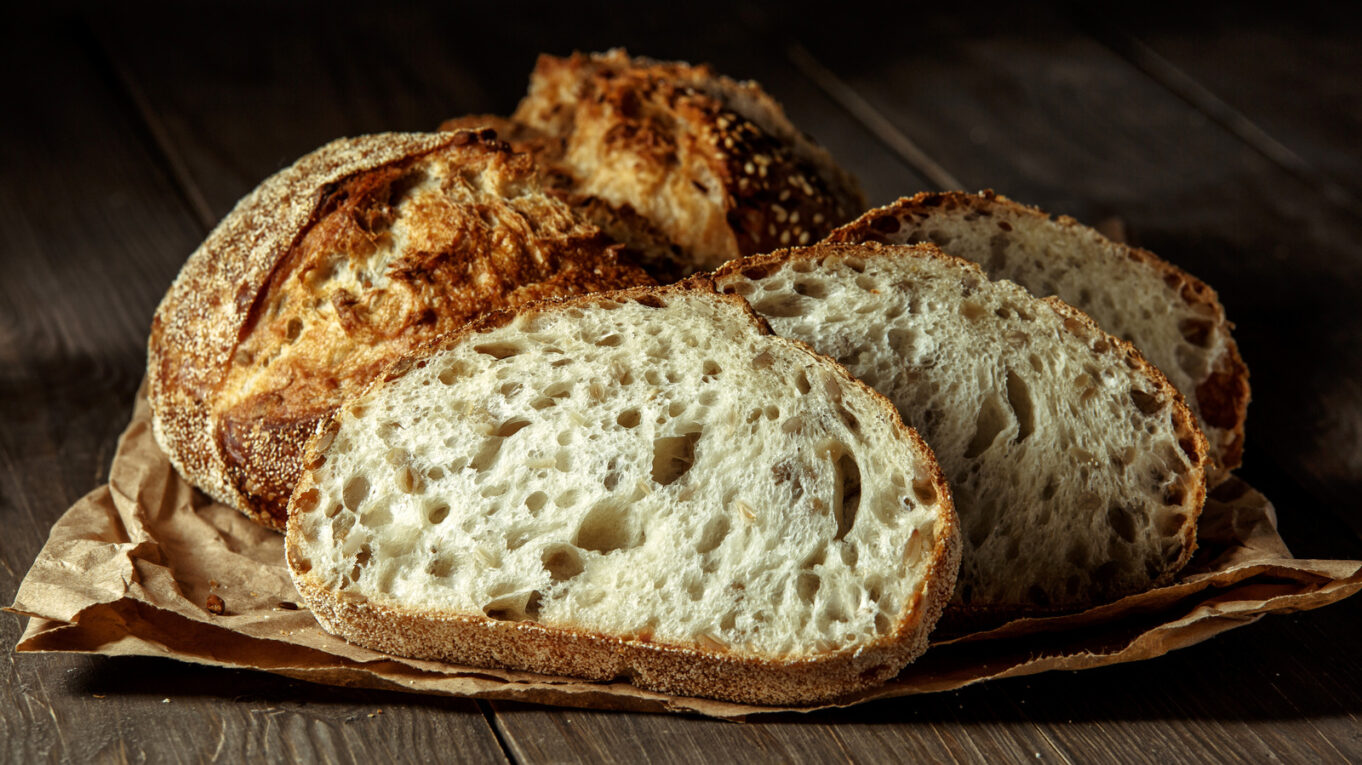What is Sourdough?
Sourdough is a type of natural leavening used to make various baked goods like bread, pancakes, waffles and more. Unlike commercial yeast which is a single-celled fungus, sourdough uses a culture consisting of wild yeast and lactic acid bacteria naturally found in flour or collected from the ambient environment.
History of Sourdough
The history of sourdough dates back thousands of years when early civilizations like the Egyptians, Greeks and others used natural yeasts from the air or grains to leaven their breads. Sourdough became especially popular during the 1849 California Gold Rush. Pioneers would carry a starter culture in a poke or bag to continue leavening bread along their journey. Some of the oldest active sourdough cultures still exist today dating back over a century.
How is Sourdough Starter Made?
Creating a Sourdough starter is a simple process that just takes some time. All that is needed is flour, water and patience as the natural yeasts and bacteria multiply and ferment. Most starters are made by combining equal parts water and flour then letting it sit out, covered, at room temperature. The mixture is then fed with additional flour and water every 24 hours as the microbes become active. Within 5-7 days, bubbles should begin to form and the starter will be ready to use. Some starters, called “wild” starters, are begun by simply leaving out flour and water exposed to airborne wild yeasts.
Benefits of Sourdough Bread
Compared to commercial breads made with single-strain yeast, sourdough has several distinct health benefits thanks to the interactions between yeast and lactic acid bacteria during fermentation:
– Sourdough is more digestible as the long fermentation process allows enzymes to partially pre-digest the gluten, making it easier on the gut.
– The lactic acid produced helps kill off harmful bacteria while encouraging the growth of probiotics in the gut.
– Sourdough bread has a lower glycemic index score meaning it does not spike blood sugar as much as other breads.
– Fermentation increases several important vitamins and minerals in the bread like riboflavin, niacin, calcium, and iron through the metabolic activity of microbes.
Varieties of Sourdough Bread
Once a starter is established, it can be used to make many different types of leavened baked goods. Here are some popular sourdough bread varieties:
– San Francisco Sourdough: Known for its signature tangy sour flavor, this bread originated from the California Gold Rush. It has a open crumb texture.
– Country Sourdough: A rustic round or oval loaf with a thick crisp crust and soft interior. Often contains whole grains.
– Sourdough Baguette: Long thin rolls with a crunchy outer shell and soft inside perfect for sandwiches.
– Sourdough Rye: Made with some rye flour which adds extra depth of flavor. Great with topped with fixings.
– Sourdough Focaccia: A flat bread topped with herbs, vegetables and drizzled with olive oil before baking.
– Seeded Sourdough: Loafs speckled with poppy seeds, sesame seeds, flax or other grains for added texture and nutrition.
– Sourdough Pizza Crust: Light and airy crust for homemade pizzas using a sourdough starter.
Experimenting with Various Flour Types
Beyond the basic bread recipe, bakers can experiment by adjusting the flour used. Whole grain, nut and seed flours add nutritional value while imparting distinctive textures and flavors:
– Whole Wheat Sourdough: Made with a portion of whole wheat flour for extra fiber, vitamins and minerals.
– Multigrain Sourdough: A blend of various whole grains like rye, oats, millet and more for complexity.
– Sourdough with Nut Flours: Almond, pecan or hazelnut flours contribute pleasant notes in addition to protein and healthy fats.
– Sourdough Made with Seed Flours: Sunflower, pumpkin or flaxseed flour supply omega-3s and antioxidants to the bread.
Tips for Baking the Perfect Sourdough Loaf
Baking artisan sourdough bread well takes some practice but with these tried and true tips, homeowners can achieve great results:
– Use a scale to weigh ingredients for consistency between loaves.
– Pay attention to fermentation times – under or over can affect texture and flavor.
– Fold and stretch the dough gently during bulk fermentation to build gluten structure.
– Preheat dutch oven or skillet extensively before baking loaf for initial steam injection.
– Bake loaves inverted on a baking stone or sheet pan for maximum crust crisping on bottom.
– Check internal temperature with thermometer – it’s done around 200°F/93°C.
– Allow bread to cool fully before slicing for optimum moisture retention.
While not necessary for sustenance, sourdough baked goods have become much more than just bread – they are a craft and art form. With commitment, bakers can develop their starter into a living culture unique to its environment to pass down for generations. Sourdough adds zest to the everyday slice with its complexity, tradition and health perks.
*Note:
1. Source: Coherent Market Insights, Public sources, Desk research
2. We have leveraged AI tools to mine information and compile it

